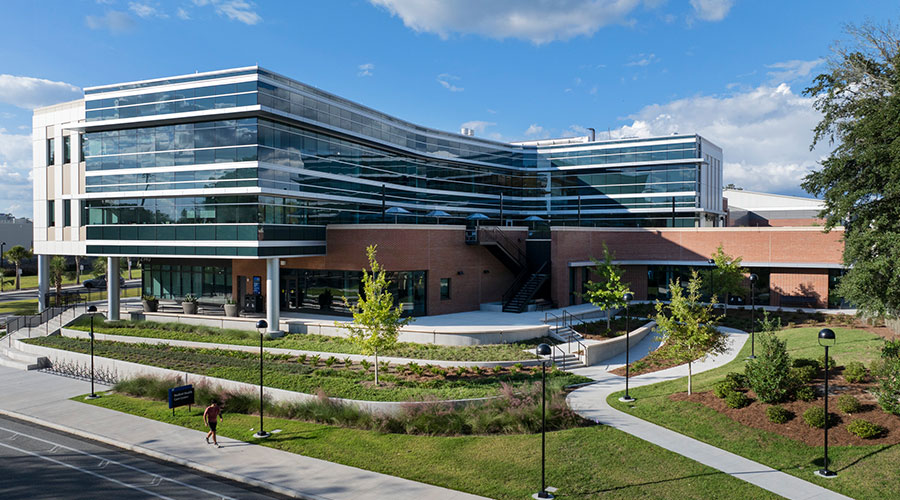Successful Demand-Response Program Requires Culture Shift
To successfully participate in what they hoped would be a lucrative demand-response program, facility professionals with Allegheny County, Pa., understood involvement went far beyond simply shedding energy load.
A successful program meant Philip La May, the county's deputy director of public works, and Jeaneen Zappa, its sustainability manager, would have to overcome resistance — whether intentional, due to reluctance to change or unintentional, due to a lack of education — from facilities personnel and building occupants, who are slowly learning the tenets of sustainability and their impact on county facilities.
La May and Zappa had to shift the culture of the county.
"Conservation includes behavior change and taking advantage of every opportunity we have to be part of a larger solution for the community," Zappa says. "We have an obligation to set the right example. It behooves us as a government in particular to say, 'This is how we can do this.' And, of course, there is a financial benefit to it.
"It's easier to garner support for things when there's a direct payoff. While (demand response) requires a great deal of orchestration on Phil's part, I think it is probably in some ways an easier way to earn a direct financial gain. The money is great, but the energy reduction and the larger implications for the grid are also really great."
The 'New Normal'
The public works department is responsible for 21 facilities containing 2 million square feet. La May and his staff face challenges common among many maintenance and engineering departments in commercial and institutional facilities, including deferred maintenance. But La May is working to ensure those top-of-mind challenges do not deter his staff and department from contributing to the county's sustainability efforts.
"It's really a (change of culture)," he says. "It's moving away from what we're used to toward what we hope to be the new norm. It means our employees learn about new equipment, new materials and new processes. In that process, we end up, hopefully, training a new normal."
Part of the county's new normal is its participation in demand response. To realize the energy and cost savings demand-response programs are designed to generate, employees in all departments — not only public works staff — had to get on board. The county conducted its first test demand-response event in August 2010, and it resulted in about $300,000 for the county — a combination of the payment for participating in the program, as well as utility cost savings from the reduction in kilowatt-hours (kWh).
"This is a difficult fiscal environment, and we have to be very prudent with resources," Zappa says. "So it's great when you can bring money in. We're not usually a revenue center. I think it's just operationally useful when we can help and make a contribution like that."
For buildings participating in the program, the county and its energy-consulting load aggregator, Comverge, identified critical staff who are responsible for ensuring occupants understand the way operations will change as part of a demand-response event, as well as the role they can play in helping shed load, such as turning off devices or equipment wasting energy.
"It took a lot of coordination to make sure that stationary engineers and electricians had input as to the best way to shut things down and how to approach the building occupants," La May says. "Short of doing our dry run, we tried to plan it out as best as possible, making sure we have the staff available throughout facilities to be accessible to building occupants with questions about what they need to do."
Related Topics:














